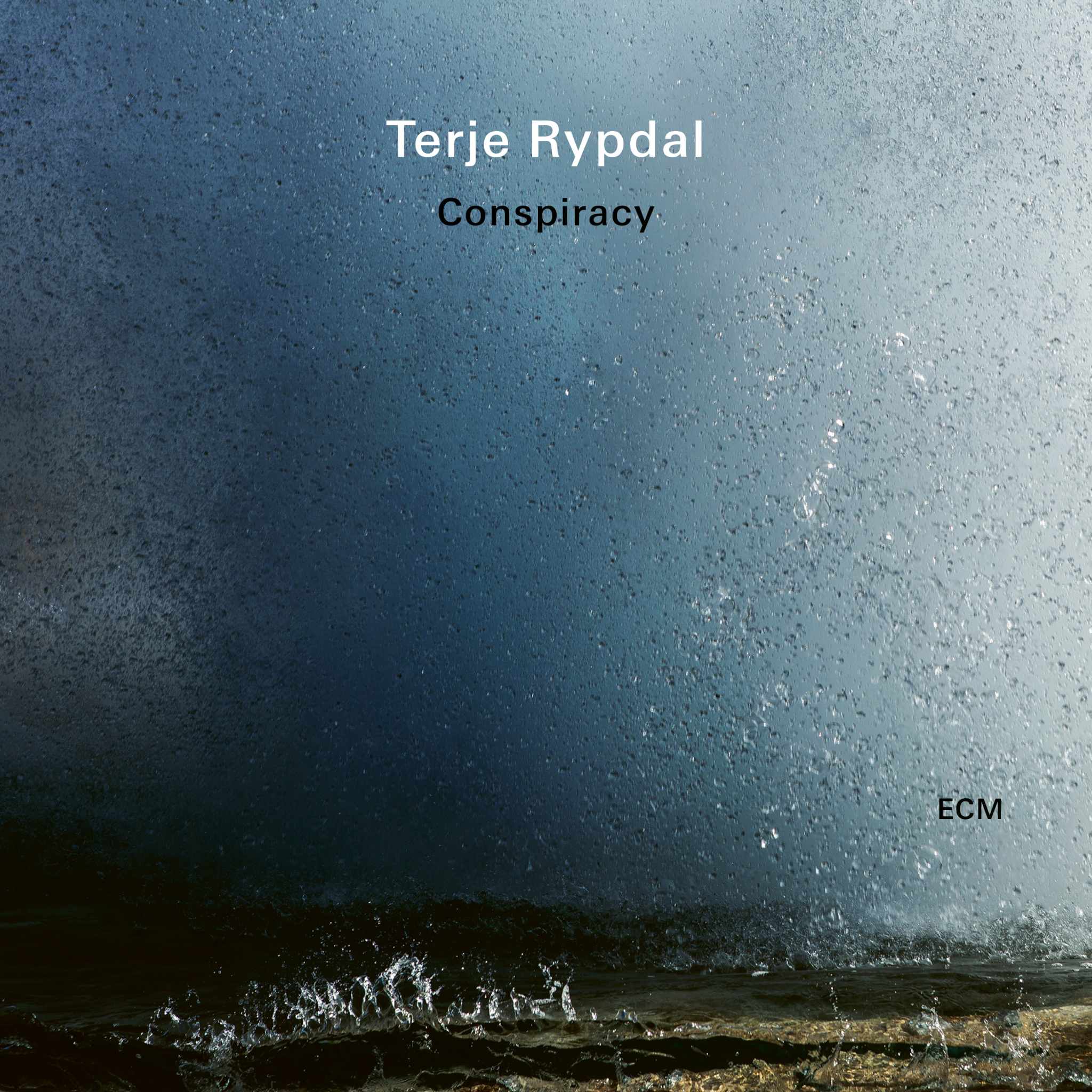Album insights
Born in September 1880 near Verdi's birthplace in Parma, Ildebrando Pizzetti moved southeast to Reggio Emilia at the age of two with his father, a piano teacher. Growing up in a musically infused household, the young Brando Pizzetti showed early interest in theater by penning several dramas, which he later staged with an impromptu group. However, his path took a turn when he enrolled at the Parma Conservatory at the age of fifteen.
During his six-year tenure at the Conservatory from 1895 to 1901, Pizzetti was influenced by the director Giovanni Tebaldini (1864–1952). Tebaldini exposed his students, including Pizzetti, to contemporary music trends and reintroduced them to forgotten Italian musical works. These influences shaped Pizzetti's artistic journey. By his graduation in 1901, Pizzetti had composed significant pieces like a symphony, two other symphonic works, a cantata with orchestra, a violin sonata, and various sacred compositions. Meeting Verdi alongside fellow students in October 1900 left a lasting impression on Pizzetti, evoking a sense of profound reverence.
After completing his studies, Pizzetti dedicated his life to composing, teaching music, and writing about the art form. While his extensive body of work encompassed various genres, his compositions for the stage stood out, often incorporating mystical themes. Pizzetti's distinctive musical style, evident in the CD recordings, remained remarkably consistent throughout his life—a fusion of Southern European sensibilities, traditional foundations with refined elements, and an interplay of late romantic lyrical nuances and the clear structure of Italian masters. His adept handling of stylization, blending the techniques of late romanticism with the tonal fluency he possibly inherited from César Franck, set him apart. Pizzetti's contributions extended beyond composition; he co-founded Dissonanza, a journal for modern music, in 1914, and published several critical works, including a biography of Paganini.
Robert Matthew-Walker © 1999
Translated from German by Anne Steeb/Bernd Müller


